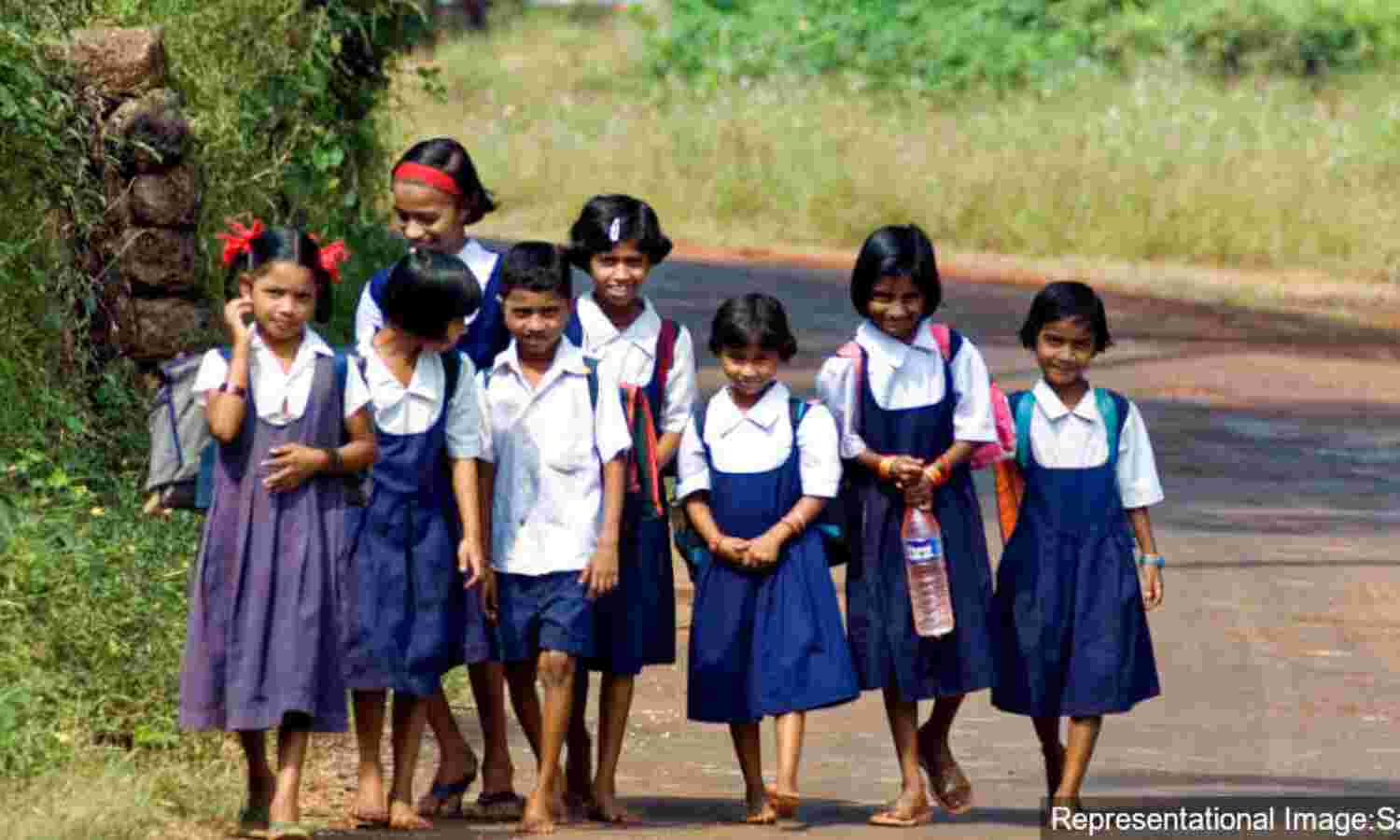Spending Per Student Increased But Enrollment Fell In Govt Schools: Study

Mumbai: Elementary and secondary school expenditure per student increased in some of India’s poorest states including Bihar, Madhya Pradesh (MP), Rajasthan and Odisha in 2017-18 as compared to 2014-15, but school enrollment in government schools fell in the same period, according to an analysis of eight states by the Delhi-based think-tank Accountability Initiative.
The amount spent per student varied across states, from Rs 9,573 in Bihar to Rs 59,499 in Himachal Pradesh. On average, states spent more per student at the secondary level (grades 9 to 12) as compared to the elementary level (grades 1 to 8), the study found. These eight states were chosen to cover different areas of the country, the study said.
Per Student Expenditure on School Education

Source: Accountability Initiative, Centre for Policy Research
Among the eight states, Bihar had the largest number of students (21.6 million) in government and government-aided schools in 2017-18. Himachal Pradesh, the smallest of the eight states analysed, had the least, with 900,000 students.
Other than Rajasthan, where more students enrolled in government schools in 2017-18 (8.3 million) compared to 2014-15 (7.6 million), enrollment fell in all states analysed.
However, these enrollment figures are expected to change in the coming year due to increase in enrollment at government schools due to reverse migration and economic distress caused by the COVID-19 lockdown.
There is no evidence that increasing per-student expenditure improves learning outcomes, such as basic literacy, numeracy and cognitive skills.
“Even though expenditure per-student is an important indicator to understand how much a state government invests on a student on an average, there is no research evidence that shows any direct causal effect of expenditure on learning outcomes,” said Mridusmita Bordoloi, co-author of the study and senior researcher at Accountability Initiative. “Learning outcomes of students are generally found to be directly associated with indicators such as availability of trained/qualified teachers, interventions in pedagogy, economic status of the district/state etc.,” Bordoloi explained.
What states are spending on
The study identifies eight areas of school expenditure: administration, school infrastructure, teacher salaries, equity and inclusion, monitoring and inspection, teacher training, incentives to students, and quality.
In all eight states analysed, teacher salaries made up the largest share of school expenditure but spending on teacher training, which is important to improve learning outcomes, has been poor, the study said.
In six states, the second largest share of expenditure was on ‘incentives to students’ such as uniforms, textbooks, mid-day meals, scholarships, transportation etc. Himachal Pradesh and Rajasthan spent a similar proportion of the budget on ‘incentives to students’, ‘administration’--which includes rents and taxes--and ‘equity and inclusion’, which includes scholarships and aid for minority and disadvantaged communities.
States spent between 1% and 6% of their education budget on school infrastructure in 2017-18. This might be because states that have basic school infrastructure largely in place are no longer focussing on improving the quality of infrastructure, the study said.
But even after a decade has passed since the Right of Children to Free and Compulsory Education Act, 2009, which provides for infrastructure in schools, only 28% of government schools in Bihar have libraries, 22% in West Bengal have a boundary wall and 27.5% in Odisha have a playground, according to the latest data from the government’s Department of School Education and Literacy.
Lack of information technology infrastructure
In terms of spending, states did not prioritise information and communication technology (ICT), which come under ‘quality’ in the Accountability Initiatives study, along with the modernisation of schools, creation of model schools and improvement in pedagogy.
For the six states for which quality was analysed (excluding Maharashtra and MP), the share of total school education finances dedicated to ‘Quality’ ranged between 1% to 3% in 2017-18.
In the wake of COVID-19, with schools shut, and the government pushing remote learning through online classes, the lack of ICT both at the school’s end and in households might impact student learning, the study noted.
“Teacher training on ICT-based education delivery, training of parents in creating an environment of learning at home and supervision of children in accessing e-content through mobiles, computers etc. are extremely important,” said Bordoloi. “Policy effort should also address issues such as access to and affordability of computers and internet connections for lower income households.”
(Inamdar is an intern with IndiaSpend.)
We welcome feedback. Please write to respond@indiaspend.org. We reserve the right to edit responses for language and grammar.


